Posted by: Ken @ 6:02 pm
NOTE TO NEW MEXICO BIRDERS: Because of high fire danger, the entire trail system in the Sandia Mountains was closed on Monday June 30, 2008. The summer monsoons, that usually begin early in July, could end the closures. For closure information, including maps, see links at:
http://www.fs.fed.us/r3/cibola/districts/sandia.shtml
As you can tell from today’s photos, we are back in South Florida after a fun month in Illinois. A Bald Eagle flew low over our patio this morning, but was gone before I could retrieve my camera. Happily, our lake has risen several inches, covering the shoals that had been exposed. Higher water levels are a safeguard against intrusion of salt water into the aquifer. The above Wood Stork, photographed as it stood in our back yard, is in hatch year plumage, another good sign. Last year, very few storks even bothered to nest.
Before we left Florida early last month, we discovered the likely nesting sites of the Least Terns that had been courting and fishing on our lake. It appears to be the flat roof of an elementary school a few blocks to our northeast. We saw at least two pairs hovering over the school and calling loudly. Today we saw a youngster following after its parent, begging for a fish.
A Great Blue Heron was resting on a neighbor’s lawn:
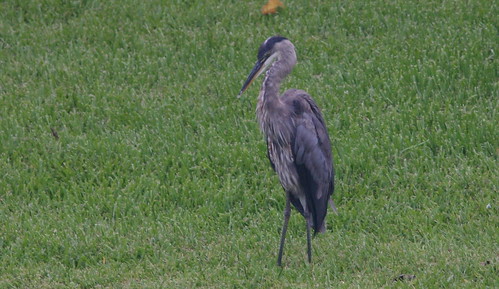
This Tricolored Heron dashed about madly along the lake margin, in search of prey:
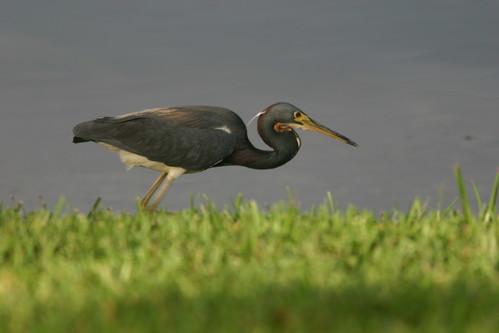
A Snowy Egret balanced on one leg, to show its “golden slippers:”

An Anhinga was drying its wings on our lawn, at the edge of the lake:
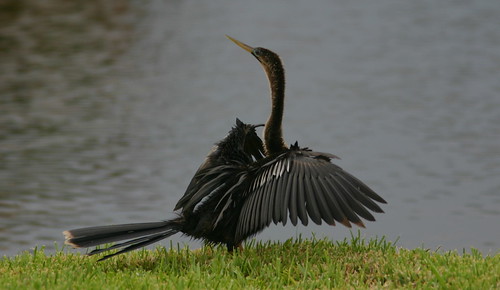
The Anhinga allowed me to approach closely for a head shot:
A Green Heron eyed me suspiciously: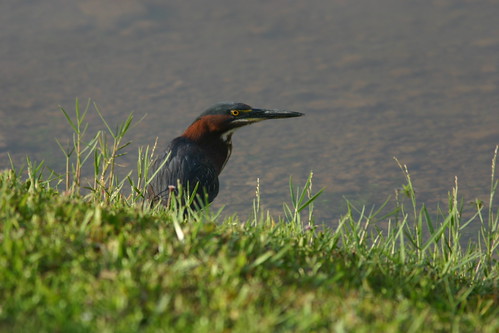
Meanwhile, the Wood Stork held its ground:
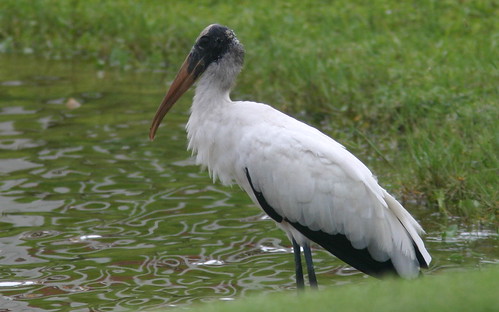
This was the first Canada Goose I thought I saw on the lake. Actually, these non-migratory decoys are used as floats for the inlets of lawn irrigation systems:













